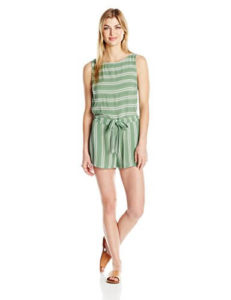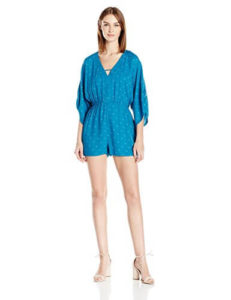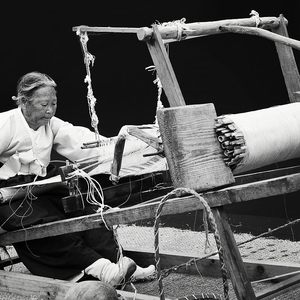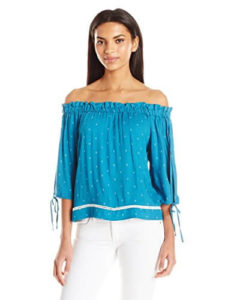
Choosing Ramie Fiber Clothes for Travel
I recently read with much amusement, and a modicum of alarm, that a significant number of British children think that cheese comes from a plant, fish fingers come from chicken and pasta comes from animals! Many thought that chocolate was a vegetable (I hoped that too!!).
 I stopped laughing when I started to do research into travel-friendly fabrics and discovered that I knew about as much about fabric as the children knew about food!
I stopped laughing when I started to do research into travel-friendly fabrics and discovered that I knew about as much about fabric as the children knew about food!
We are so blasé about what we wear. There are hundreds of thousands of choices available online and in stores everywhere.
We look for colors and styles and perhaps how the fabric feels; we may read the washing instructions on the label; some of us may be a bit more knowledgeable and specifically look for fabrics like cotton, merino wool, linen.
But Ramie? Or Modal and Tencel? Hemp sounds a bit illegal. What’s the difference between viscose and polyester?
Let’s start with Ramie – What is Ramie Fabric?
 Ramie is a fabric that comes from the bark of a Chinese nettle plant, sometimes called China Grass. It also grows in Japan, Korea, the Philippines, Brazil and Europe. It is fast growing, and up to four cuttings are possible in a year. The second cutting is said to provide the best quality fiber.
Ramie is a fabric that comes from the bark of a Chinese nettle plant, sometimes called China Grass. It also grows in Japan, Korea, the Philippines, Brazil and Europe. It is fast growing, and up to four cuttings are possible in a year. The second cutting is said to provide the best quality fiber.
Ramie is a so-called bast fiber, like flax, jute, and hemp. Bast fibers are fibers from cellulose in the stalks of plants. The first step in the process is to strip the fibers away from the woody section of the stalk. Flax, jute, and hemp use a “retting” process which involves cutting the stalks and leaving them on the fields or in water so that they soften.
Ramie is different – if the stalks are left for any period, they just get harder. The traditional way is to harvest by hand sickle, defoliate, strip and scrape by hand or machine. The fibers are boiled in an alkaline solution, washed, bleached, neutralized, oiled and dried. The fibers are then spun into long pieces of yarn, and woven into the fabric.
Ramie and culture
That all sounds very ordinary and straightforward. But then I watched a wonderful UNESCO video showing what this means as part of the South Korean culture.
 It’s worth taking 10 minutes to gain some insight into an ancient culture and an ancient skill, going back more than 5000 years. It’s an unbelievably labor intensive and time intensive process.
It’s worth taking 10 minutes to gain some insight into an ancient culture and an ancient skill, going back more than 5000 years. It’s an unbelievably labor intensive and time intensive process.
Did you know a woman cuts the fiber to the correct thinness between her two front teeth? Individual strands are spun by hand, rolling them between her fingers and then knotting them together. She threads up to 800 individual strands one by one onto a type of loom to start the weaving process.
The result is an incredibly delicate, see-through fabric, that looks like silk. It has been used in Korea for military uniforms, mourning clothes and dress suits. The skill is passed down from mother to daughters and daughters-in-law.
Another video shows a similar process in Japan, but this includes dyeing, hand printing of patterns, and multiple washing and setting techniques. The final step is to spread out the fabric on the snow for 20 days to be lightened by the sun and the evaporation of the snow.
It’s not clear where the quote comes from, but in China, the description of handmade ramie is, “l_ight as a cicada’s wings, thin as paper, flat as a mirror, slender as silk_”.
What are the properties of Ramie Fabric?
 Ramie fibers are very long and fine, have a natural shine and are very strong, even when they are wet. They look very much like silk.
Ramie fibers are very long and fine, have a natural shine and are very strong, even when they are wet. They look very much like silk.
The properties of the fabric include:
- It doesn’t shrink when washed.
- It is very absorbent, so it is comfortable to wear in hot or humid conditions.
- Ramie is resistant to mildew and bacteria.
- It dries quickly, so has been used for hundreds of years for fishing nets. However, it is not elastic and so can be stiff and brittle and break easily. Ramie is a bit like linen – if it is folded for a long time in the same place, it will break. It also wrinkles quite easily.
It should be treated quite gently, washing with cold water and drying flat.
What is Ramie used for?
 Pure ramie is not as widely available as some other fabrics, mainly because of the cost of processing the finer versions. The coarser versions are used for canvas, rope, twine, wallpaper nets, parachutes and even bank notes and cigarette paper!
Pure ramie is not as widely available as some other fabrics, mainly because of the cost of processing the finer versions. The coarser versions are used for canvas, rope, twine, wallpaper nets, parachutes and even bank notes and cigarette paper!
When ramie is blended with silk, cotton, and linen it becomes more versatile. It is also very eco-friendly and may become more popular for the textile industry because of the trend towards natural fabrics.
There are some sites advertising clothes made from ramie and ramie blends, and it might be a fun decision to buy some of these garments, either online or perhaps during your travels to an Asian country.
Remember to add a visit to a cultural site or museum that gives you better insight into this ancient fabric.
Hopefully, after you’ve read this blog about ramie, and our other blogs about merino wool, Linen, Hemp, Modal, Tencel, Seersucker, and Bamboo, you will be able to count yourself as an informed shopper and traveler.
And hopefully, you’ll know a bit more about fabric than those British children know about food!
Written By Kate Mark

Kate is a mid-lifer who quit a growing corporate career to reawaken her passions and her lifelong dream of traveling the world.





